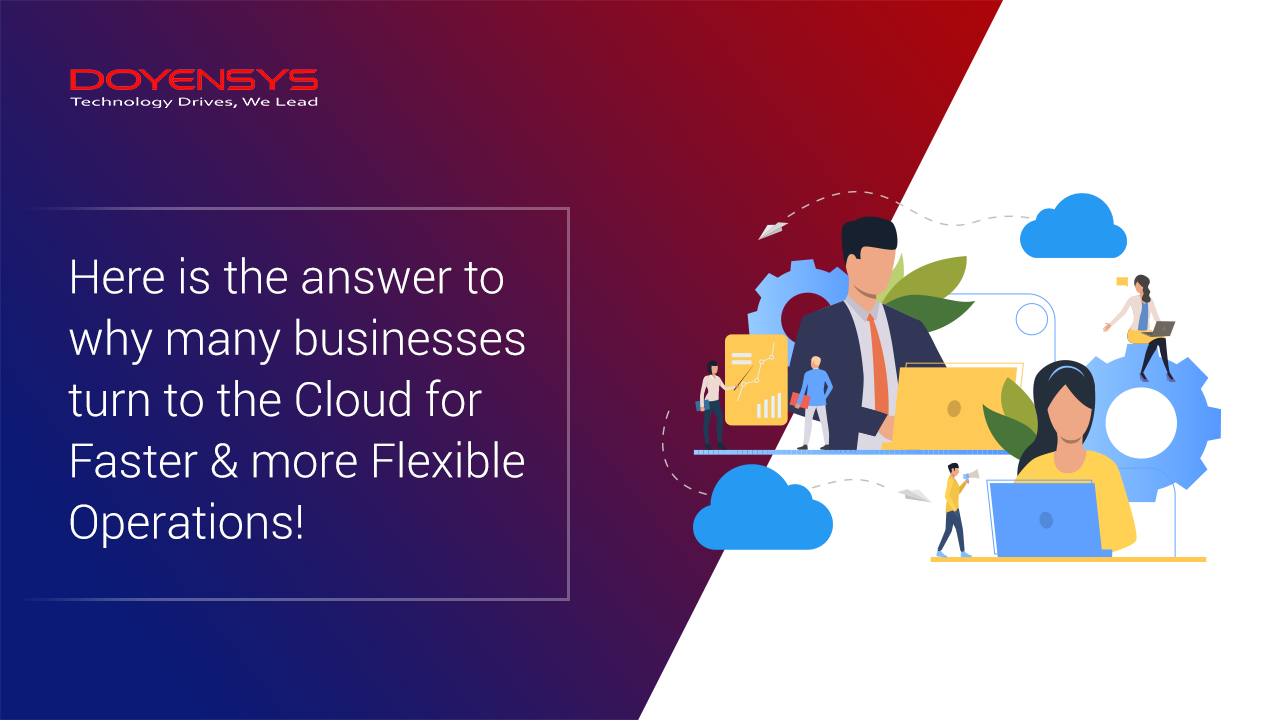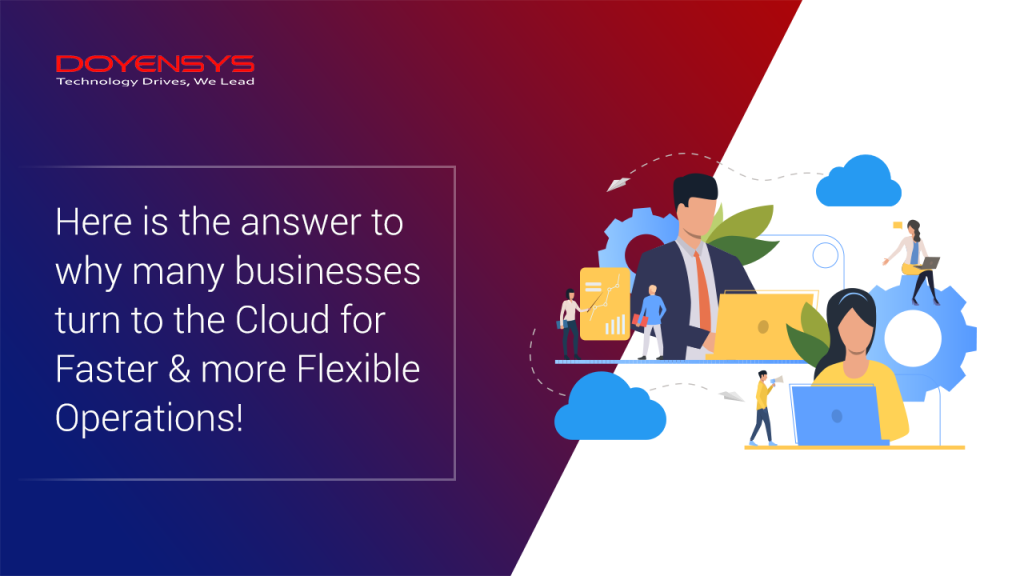
Cloud computing is more than just a piece of software. It is a force that elevates CIOs to innovators and catalysts of organizational success. CIOs do not have a structured or sole path to get from “here” to “there” when cloud-based transformation.
However, there are forward-thinking companies that are not just redefining the function and purpose of IT—transforming their IT departments into transformation agents—but are also embracing the cloud to bring benefits to their businesses.
The force of digital disruption is unstoppable. Many companies understand that they need to embrace it as soon as possible. Keeping an eye on the ball allows you to be ahead of the game, resulting in increased business growth and prospects. CIOs aren’t exempt from this rule.
IT leaders are reconsidering how they create results as industries change swiftly. Cloud technology, data, team collaboration, and digital changes of business processes are the foundations of the future.
According to IDG’s 2019 State of the CIO poll, 62 percent of CIOs are being urged to develop new revenue streams through the development of new goods or services. According to IT executives, strategy and business innovation will take up most of their time.
 A brand-new approach to IT Sector:
A brand-new approach to IT Sector:
IT leaders need innovative methods that enable company agility and accelerated growth in this era of constant technological change. IT is being forced to reconsider the transformation’s planning methods, team structures, and decision-making processes.
With a plan in place, you have the opportunity to increase the value of your technology and unleash the potential of your operations, allowing your company to dream large and execute with accuracy.
There are multiple reasons why businesses prefer the cloud to traditional computing & data storage methods. Like any other solution, Cloud migration has risks and drawbacks as well. However, the advantages far exceed the drawbacks.
Businesses are shifting towards the cloud to handle pandemic-related concerns, including supply-chain interruption, cost pressures, and labor availability. Still, they’re also gaining the agility, speed, and innovation needed to change their operations.
Meanwhile, you have the chance to alter your company – to move faster, go further, and be first to market. And the magic formula is the cloud.
Cloud – A Solution to more Flexible Business Operations:
The cloud can help organizations save money and scale faster, enhancing operations and creating better customer experiences that increase loyalty and drive growth. The benefits of adopting cloud computing are immeasurable.
According to McKinsey, embracing the cloud may create $1 trillion in additional run-rate EBIDTA for Fortune 500 organizations. Companies worldwide realize that enterprise resource planning software isn’t just for managing financial, purchasing, and supply chain procedures. These ERP modernization programs also contain a wealth of data that may be used to gain a competitive edge.
Customers are searching for apps to assist them in adjusting to a new reality to future-proof their company rather than risk a digital disruption. Here are some Oracle Cloud success stories from businesses implementing Oracle solutions.
Take, for example, the Yonehachi Group from Japan. Every day, crowd of hungry locals and visitors flock to one of Japan’s 140 restaurants, which are placed in high-traffic areas such as train stations, highway service centers, and large department stores, to pick up a nice meal packed in a Bento or “convenience” box.
The senior managers of these popular lunch locations were hesitant to give up the paper forms they had long used to measure the amount and type of lunches served in a culture that valued tradition. They faxed the completed forms to corporate headquarters in Tokyo after each business day.
However, Yonehachi executives replaced such paper processes with Oracle ERP Cloud applications to better know the company’s performance on demand. Leaders at Yonehachi now have quick and easy access to financial information.
According to McKinsey’s research, 42 percent of financial functions can be entirely automated with current methods. Automation can assist minimize manual processes and enable data visualization and analytics that drive growth as the CFO’s duties expand to encompass organization-wide growth initiatives.
When ConnectOne Bank switched to Oracle Financials Cloud, it looked to understand financial data better. As ConnectOne prepares to grow beyond its 21 branches in the New York/New Jersey metro area, bank officers may now examine the profitability of each of the bank’s products and services in greater detail.
They can assess each branch’s performance and forecast the profitability of future sites. They can even assess future risk by looking at a client’s financial history. When FedEx executives realized they needed to simplify their processes, they decided to join the hundreds of firms that use the Oracle platform.
By including Oracle ERP Cloud, SCM, and PaaS into their portfolio, they could streamline and modernize their supply chain. It has aided 10,000 workers in speeding up operations and providing on-the-go mobile access.
Real-time data and intelligence also increased the quality and timeliness of judgments. These businesses, many more like them—are building their competitive advantages by leveraging cloud ERP’s capacity to consolidate, analyze, and understand company data.
